
Step into a world where virtual reality merges seamlessly with the real one, where our physical surroundings become interactive and dynamic.
This is the potential of spatial computing, a revolutionary technology set to redefine the way we meet and connect. From virtual conferences to immersive collaborations, spatial computing allows us to transcend the limitations of traditional video calls and experience digital interactions in a whole new way. Picture this: a virtual boardroom, where teammates from different corners of the world gather around a virtual table. They can share presentations, manipulate 3D models, and even have natural conversations with each other, as if they were in the same room. With spatial computing, distance is no longer a barrier to effective communication and collaboration. But the possibilities extend far beyond the professional realm. Imagine attending a virtual concert, where you can walk around the virtual venue, interact with other attendees, and even have a private chat with the artist.
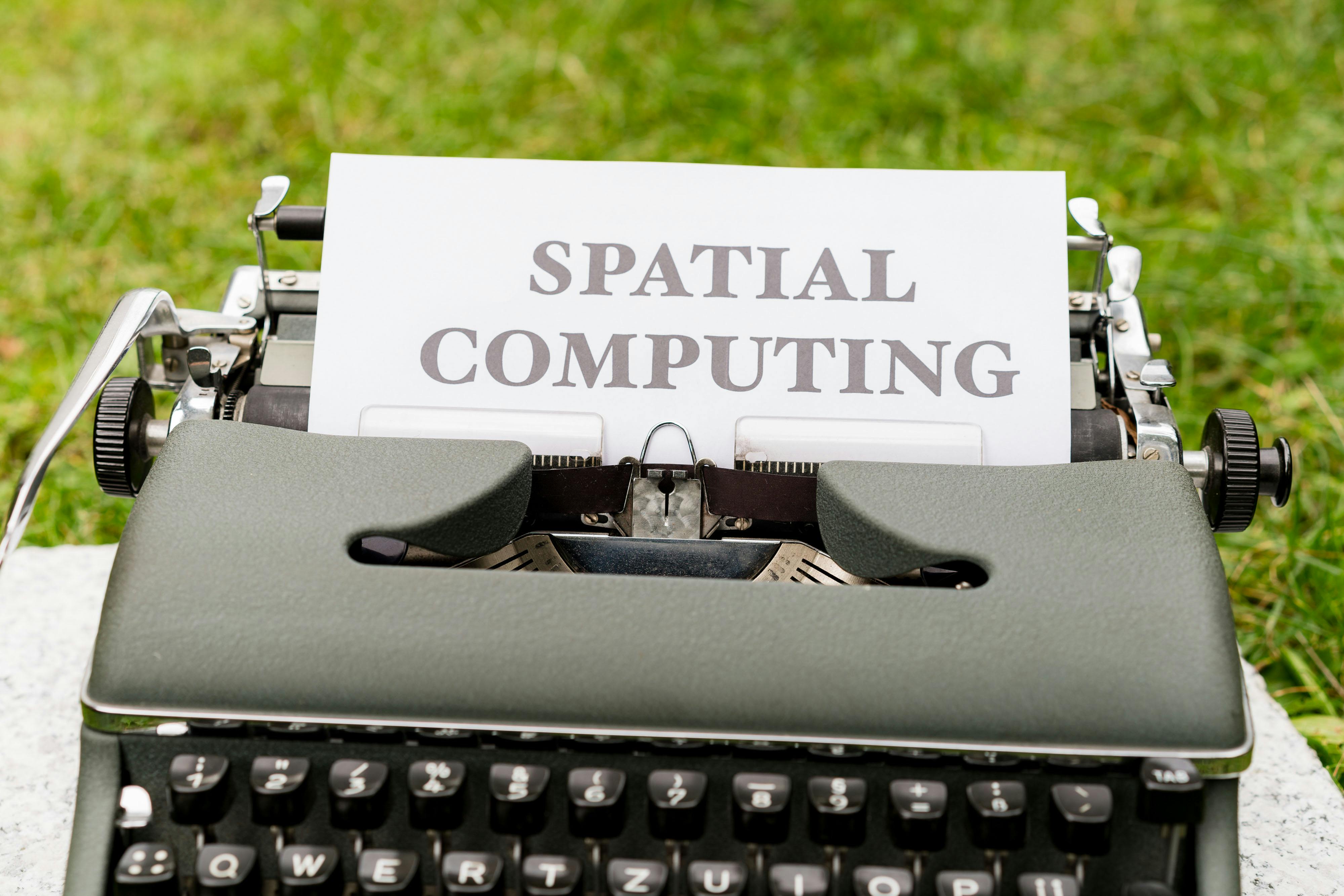
Spatial computing has the potential to revolutionize entertainment, making it more immersive and interactive than ever before. From transforming the way we work to enhancing the way we socialize, spatial computing is unlocking a world of possibilities. In this article, we will delve into the exciting potential of this technology and explore how it is reshaping our digital landscape.
Unlocking the Potential of Spatial Computing: Redefining the Way We Meet and Connect
Step into a world where virtual reality merges seamlessly with the real one, where our physical surroundings become interactive and dynamic. This is the potential of spatial computing, a revolutionary technology set to redefine the way we meet and connect. From virtual conferences to immersive collaborations, spatial computing allows us to transcend the limitations of traditional video calls and experience digital interactions in a whole new way.
Picture this: a virtual boardroom, where teammates from different corners of the world gather around a virtual table.
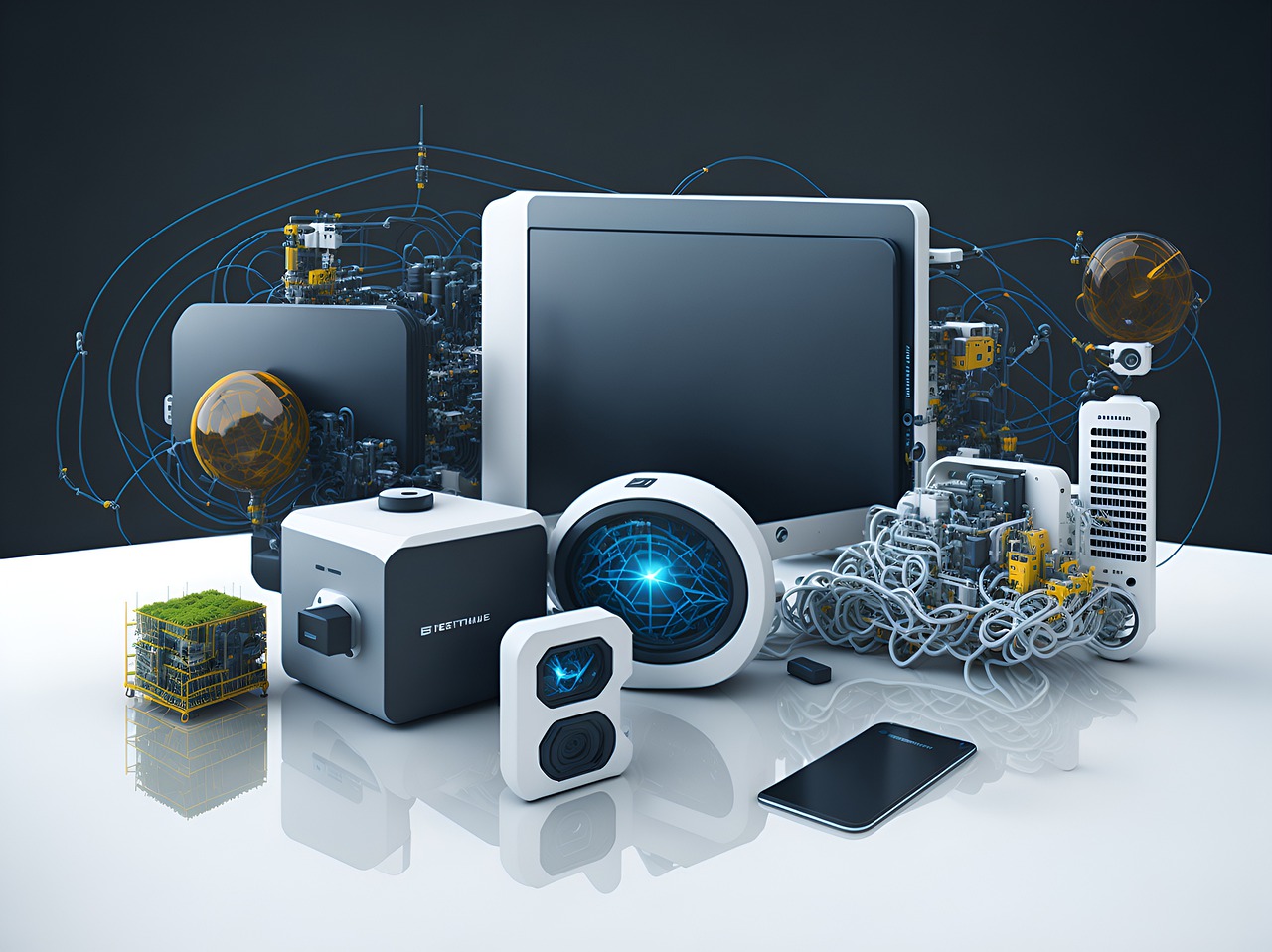
They can share presentations, manipulate 3D models, and even have natural conversations with each other, as if they were in the same room. With spatial computing, distance is no longer a barrier to effective communication and collaboration.
But the possibilities extend far beyond the professional realm. Imagine attending a virtual concert, where you can walk around the virtual venue, interact with other attendees, and even have a private chat with the artist. Spatial computing has the potential to revolutionize entertainment, making it more immersive and interactive than ever before.
From transforming the way we work to enhancing the way we socialize, spatial computing is unlocking a world of possibilities. In this article, we will delve into the exciting potential of this technology and explore how it is reshaping our digital landscape.
Understanding the Potential of Spatial Computing
Spatial computing is a technology that combines virtual reality (VR) and augmented reality (AR) to create a fully immersive and interactive digital environment.

It enables users to interact with digital objects and information in a way that feels natural and intuitive. By mapping digital content onto the physical world, spatial computing blurs the line between the real and virtual, creating a mixed reality experience.
One of the key advantages of spatial computing is its ability to create a sense of presence. Unlike traditional video calls, where participants are confined to a flat screen, spatial computing allows users to feel as if they are physically present in the virtual environment. This sense of presence enhances communication and collaboration, as it enables users to pick up on nonverbal cues and engage in more natural interactions.
Furthermore, spatial computing has the potential to enhance our spatial awareness. By overlaying digital information onto the physical world, it provides users with a richer understanding of their surroundings. For example, imagine wearing a pair of smart glasses that can display directions and information about nearby points of interest.
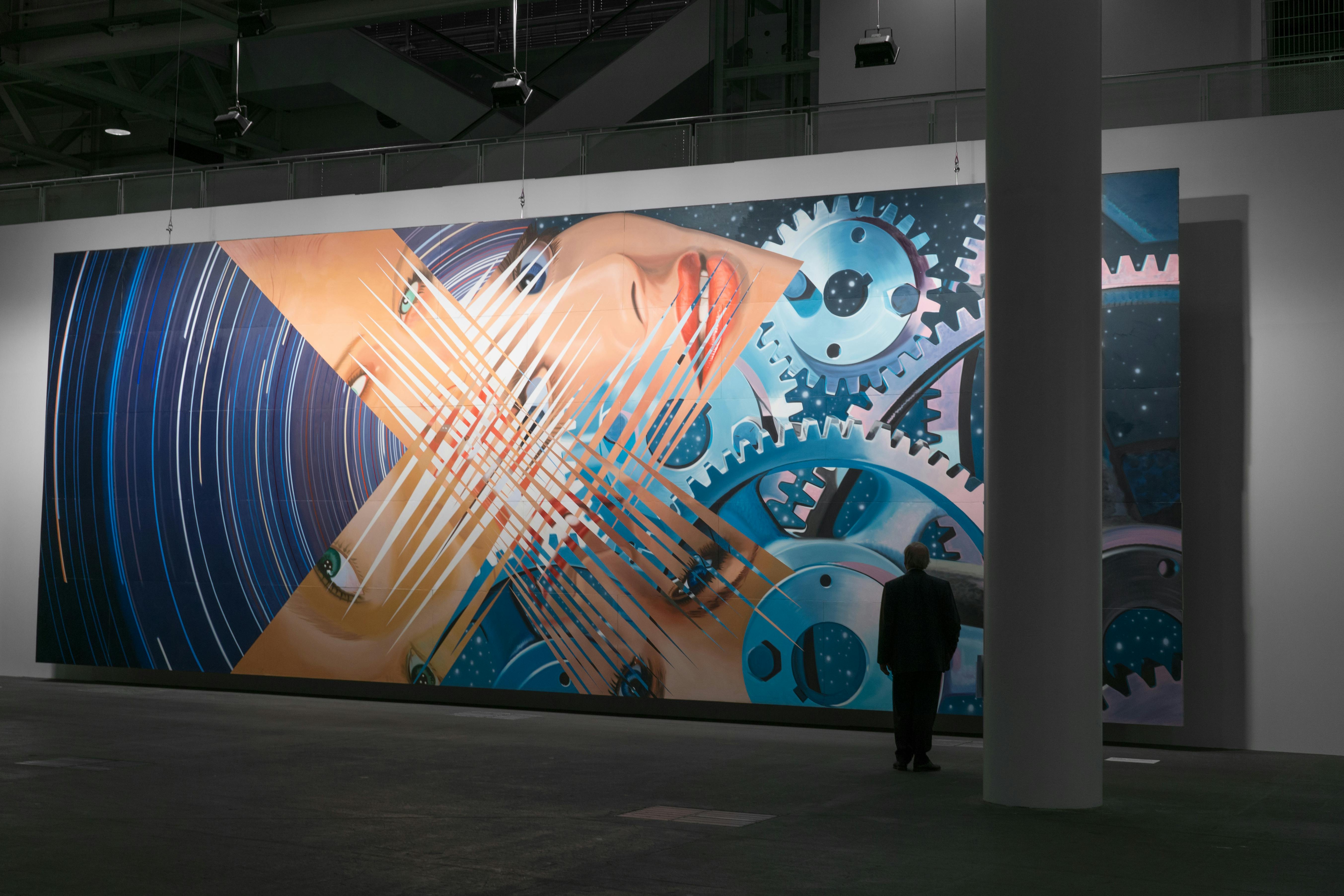
This technology could revolutionize the way we navigate and interact with our environment, making it easier to find our way and discover new places.
Applications of Spatial Computing in Different Industries
The potential applications of spatial computing span across various industries, from healthcare to education, manufacturing to retail. In healthcare, for instance, spatial computing can be used to create immersive training simulations for medical professionals. Surgeons can practice complex procedures in a safe and controlled virtual environment, improving their skills and reducing the risk of errors in real-life surgeries.
In education, spatial computing can revolutionize the way we learn.
Imagine studying history by walking through a virtual reconstruction of ancient civilizations, or learning chemistry by conducting virtual experiments in a safe and controlled environment. Spatial computing has the power to make learning more engaging, interactive, and accessible to students of all ages.
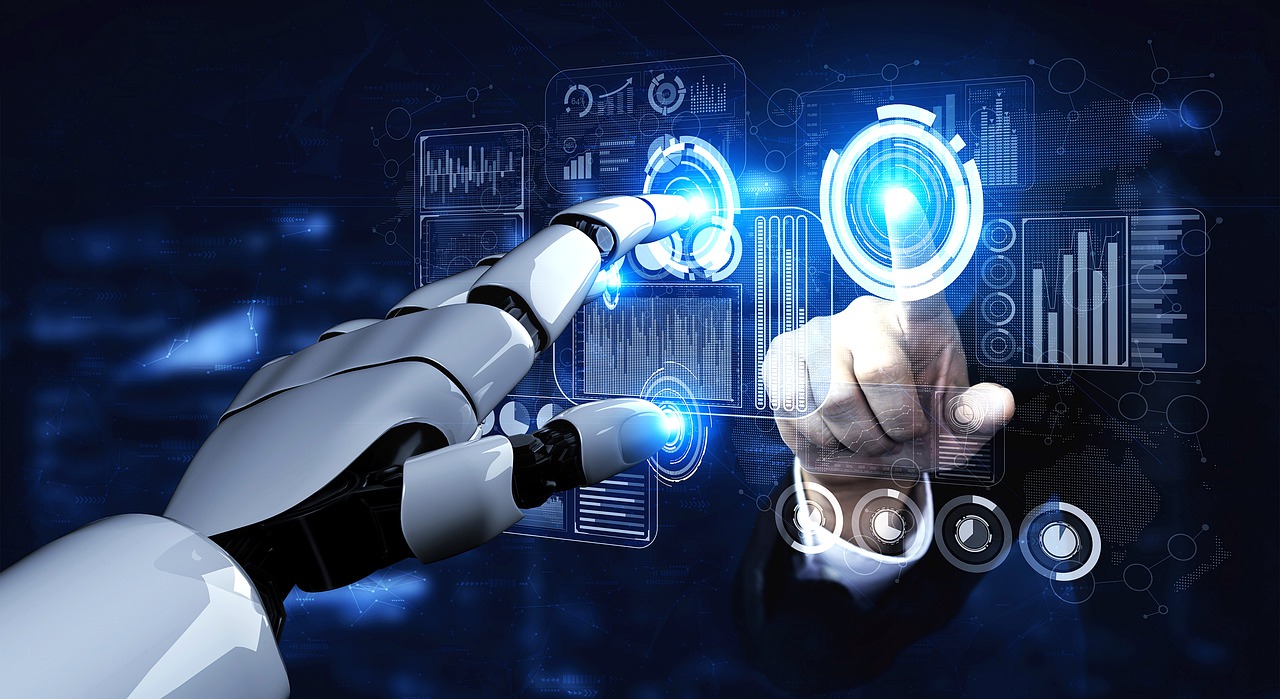
The retail industry can also benefit greatly from spatial computing. Virtual try-on experiences, where customers can see how clothes or accessories look on them without physically trying them on, can enhance the online shopping experience and reduce returns. Additionally, spatial computing can enable retailers to create virtual showrooms, where customers can browse and interact with products in a realistic and immersive way, even from the comfort of their own homes.
The Benefits of Spatial Computing in Remote Collaboration
One of the most significant benefits of spatial computing is its potential to transform remote collaboration. Traditional video calls and conference meetings often lack the sense of presence and interactivity that comes with physical meetings. Spatial computing bridges this gap by creating virtual environments where participants can interact with each other and digital content in a more natural and immersive way.
In a virtual boardroom, for example, team members can collaborate on projects as if they were in the same room.

They can share and manipulate 3D models, brainstorm ideas on virtual whiteboards, and have natural conversations with each other. This level of interactivity and immersion can greatly enhance the effectiveness of remote collaboration, leading to increased productivity and better outcomes.
Spatial computing also has the potential to overcome the limitations of physical distance. With this technology, teams can work together seamlessly, regardless of their geographic location. Whether it's a multinational corporation or a small startup with remote employees, spatial computing enables teams to collaborate in real-time, breaking down barriers and fostering a sense of togetherness.
Spatial Computing and Virtual Reality (VR)
Spatial computing and virtual reality (VR)
go hand in hand, as both technologies aim to create immersive and interactive digital experiences. However, there is a key difference between the two. While VR typically involves wearing a headset that blocks out the physical world, spatial computing blends the virtual and real, allowing users to interact with digital content while still being aware of their physical surroundings.
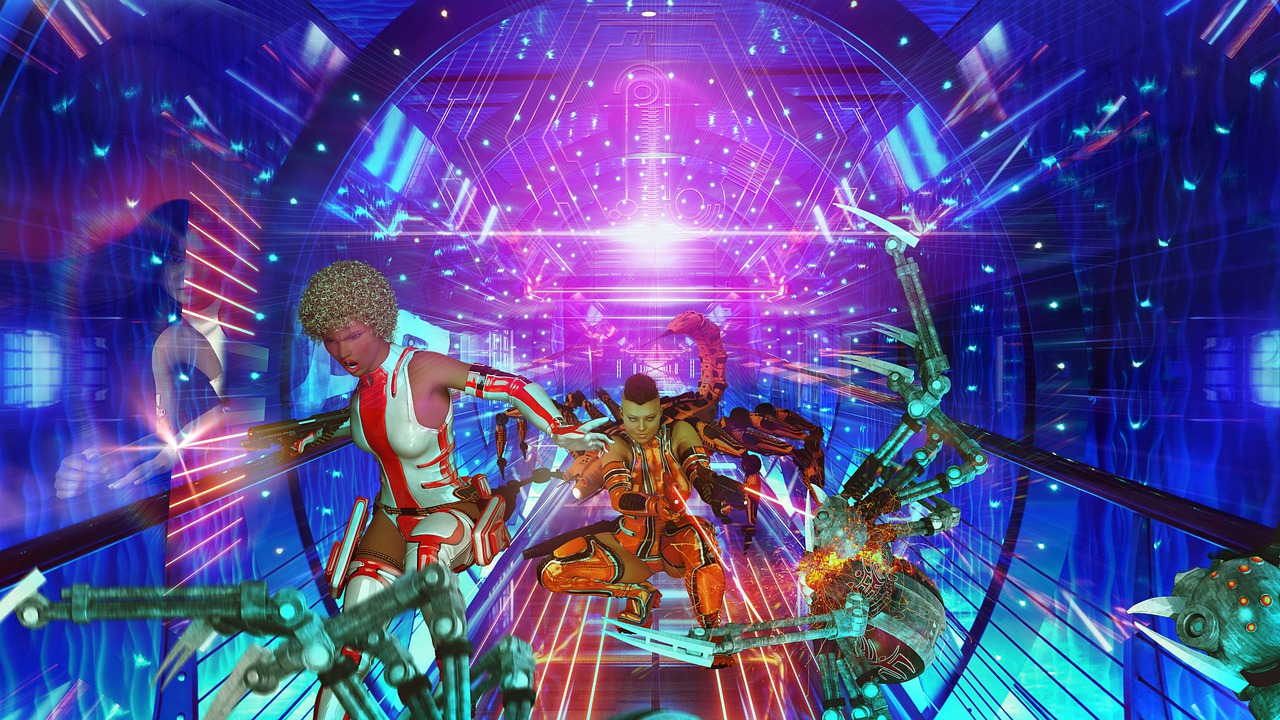
Virtual reality has already made waves in various industries, from gaming and entertainment to training and simulations. With spatial computing, VR experiences can become even more realistic and immersive. By mapping virtual objects onto the physical world, spatial computing enhances the sense of presence and enables users to interact with the virtual environment in a more natural and intuitive way.
Spatial Computing and Augmented Reality (AR)
Augmented reality (AR) is another technology closely related to spatial computing. AR overlays digital information onto the physical world, enhancing our perception and interaction with reality. Spatial computing takes AR a step further by providing a more immersive and interactive experience, allowing users to manipulate and interact with digital objects in a way that feels natural and intuitive.
AR has already found applications in various industries, such as gaming, advertising, and retail. With spatial computing, AR experiences can become even more compelling.
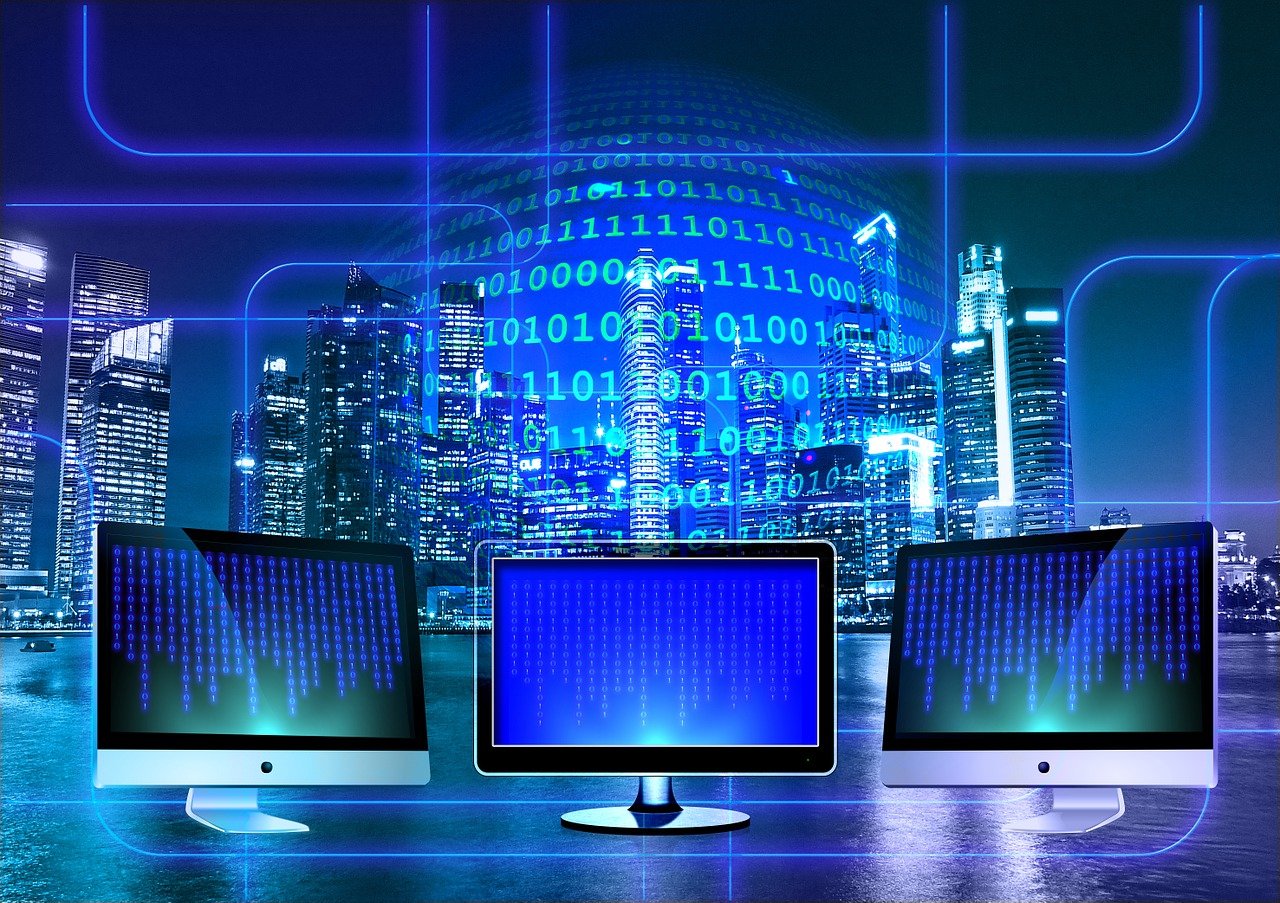
Imagine walking into a store and seeing virtual product displays that change as you move, or using your smartphone to visualize how furniture would look in your home before making a purchase. Spatial computing enables us to bring digital content into the physical world, creating new and exciting possibilities.
Conclusion
Spatial computing is a technology that is reshaping the way we meet and connect. By blending virtual reality, augmented reality, and the physical world, spatial computing unlocks a world of possibilities. From transforming the way we work to enhancing the way we socialize, this technology has the potential to revolutionize industries and redefine our digital landscape.
As spatial computing continues to evolve and become more accessible, we can expect to see even more innovative applications and experiences. Whether it's collaborating with teammates from across the globe, attending virtual events, or exploring new places without leaving our homes, spatial computing is redefining what is possible in the digital realm.
So, are you ready to unlock the potential of spatial computing and embark on a journey into the future of interaction and connectivity? The possibilities are endless, and the only limit is our imagination.
 Add Row
Add Row  Add
Add 



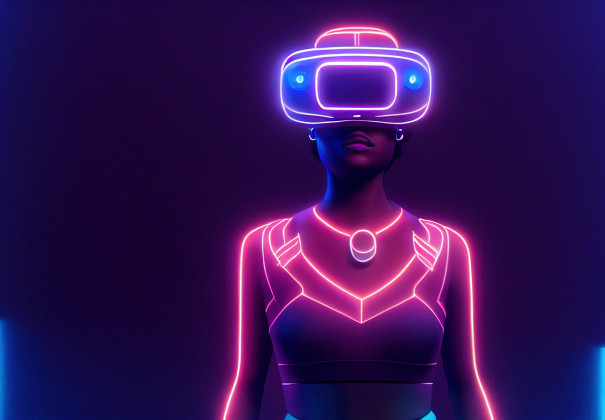
Write A Comment